France: What to Bring, What to See, What to Avoid
Thinking of planning a family holiday in france ? Here are some tips on what to bring, what to see, and what to avoid.
WHAT TO BRING If you’re planning on bringing chargers or any kind of electronic equipment that requires being plugged in, don’t forget a plug adapter. The US voltage tends to be around 120-volts, while Europe averages around 240. Of course, adapters aren’t perfect, and some people report their electronics not functioning the same way once they return, so if possible, buy things such as hairdryers once you are there. Some people prefer travelling with a money belt. It takes your mind off where your money is and allows you to relax and enjoy travelling. To add to this ease of mind, make sure to bring photocopies of your ID, plane ticket and passport, as well as a few passport photos. It will save you valuable time if they get lost or stolen. Keep them separate from the originals.
WHAT TO SEE If Paris is your destination, there are the obvious sites: the Louvre (which cannot be completely done in a day), Notre Dame Cathedral (get there early if you want to see the tower — the line forms quickly; it’s a long climb and not for the faint of heart, so be careful if you have any elderly family members with you), and the Eiffel Tower (the line is much shorter if you decide to walk up, but the stairs only go to the second level). Don’t miss the Tuileries at sunset — if you stand by the fountain, you can see the Eiffel Tower and Arc de Triomphe. The Champs-Élysées is worth walking down, but make sure you go at night in order to understand why it is known as one of the most beautiful avenues on earth. Cities not to miss elsewhere in France include Marseilles, Lyon, Nice and Avignon. The TGV is an excellent way of seeing the countryside without having to negotiate a map, although driving from Paris to Avignon is an adventure in and of itself for the family.

WHAT TO AVOID Avoid tourists traps such as the Moulin Rouge in Paris (and that area is particularly dangerous at night). When booking a hotel, it might seem nice to stay right by all the famous sights, but don’t underestimate the Paris Metro — it can get you from the outskirts of the city to the very heart in 20 minutes, and save you quite a bit of money. If you’re travelling in the south of France, the many small towns with Roman ruins might seem appealing, but try to pick a few and explore them thoroughly. Arles has a nice Roman amphitheatre that was converted into a medieval village for a time, then back to an amphitheatre, as well as a market where you can buy provincial cuisine and local crafts. Avignon is a medieval walled city with a palace where the Avignon pope used to live and the famous “Pont d’Avignon”. Be warned, though: the inside of the castle is mostly empty, unfurnished rooms.
--
Thinking of planning a family holiday in france ? Here are some tips on what to bring, what to see, and what to avoid.
Source: http://www.articletrader.com

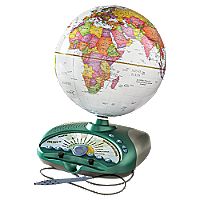
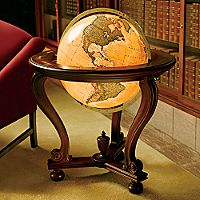

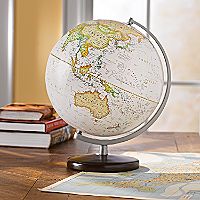
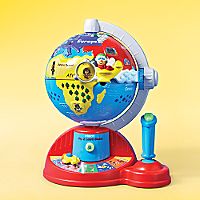
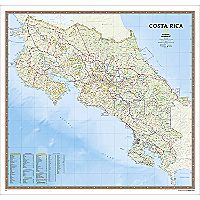
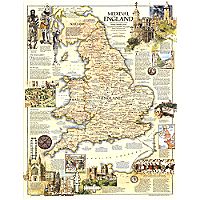
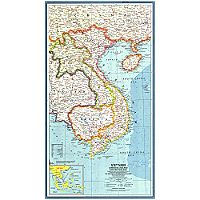
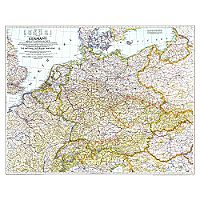
No comments:
Post a Comment